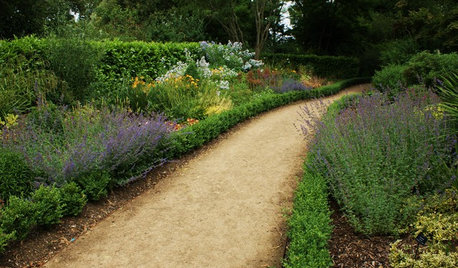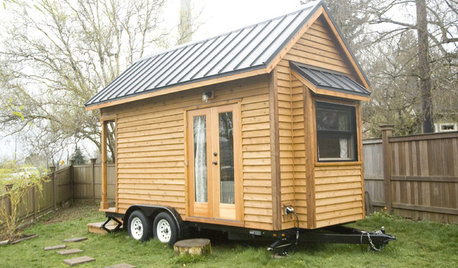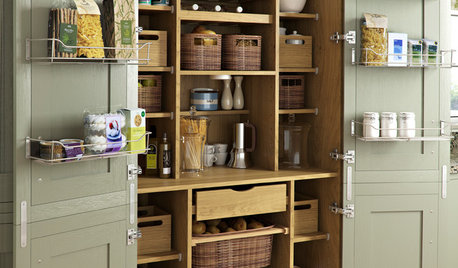logan labs ph 7.5
iriasj2009
9 years ago
Related Stories

MOST POPULAR7 Ways to Design Your Kitchen to Help You Lose Weight
In his new book, Slim by Design, eating-behavior expert Brian Wansink shows us how to get our kitchens working better
Full Story
LANDSCAPE DESIGN5 Gravel and Stone Types for a Rockin' Landscape
Give your garden design some textural bam with pebbles, granite, river rocks and other permeable materials
Full Story
HOUZZ TOURSMy Houzz: Mobile Microliving in Oregon
A 128-square-foot home for a couple in Portland is designed for simplicity, affordability and beauty
Full Story
HOUSEKEEPINGDon't Touch Another Stain Before You Read This
Even an innocent swipe with water may cause permanent damage. Here's what to know about how rugs and fabrics react
Full Story
KITCHEN PANTRIES80 Pretty and Practical Kitchen Pantries
This collection of kitchen pantries covers a wide range of sizes, styles and budgets
Full Story
PETS6 Ways to Help Your Dog and Landscape Play Nicely Together
Keep your prized plantings intact and your dog happy too, with this wisdom from an expert gardener and dog guardian
Full Story
MATERIALSWhat to Ask Before Choosing a Hardwood Floor
We give you the details on cost, installation, wood varieties and more to help you pick the right hardwood flooring
Full Story
BEDROOMS11 Reasons to Love White Bedding
For easy bedding that makes neutrals sing and accessories pop, look to the white side
Full Story
EDIBLE GARDENSHow to Grow Your Own Sweet Summer Crops
This guide will help any gardener get started on growing the freshest warm-season veggies and berries for summer
Full Story







morpheuspa (6B/7A, E. PA)
morpheuspa (6B/7A, E. PA)
Related Professionals
Danbury Landscape Architects & Landscape Designers · Fort Lee Landscape Architects & Landscape Designers · Graham Landscape Architects & Landscape Designers · Edmond Landscape Contractors · Braintree Landscape Contractors · Burlington Landscape Contractors · Del Aire Landscape Contractors · Fairview Landscape Contractors · Mastic Beach Landscape Contractors · Munster Landscape Contractors · National City Landscape Contractors · New Cassel Landscape Contractors · Roswell Landscape Contractors · Salem Landscape Contractors · Baileys Crossroads Landscape Contractorsdchall_san_antonio
iriasj2009Original Author
iriasj2009Original Author
iriasj2009Original Author
dchall_san_antonio
morpheuspa (6B/7A, E. PA)
iriasj2009Original Author
iriasj2009Original Author
morpheuspa (6B/7A, E. PA)
iriasj2009Original Author
morpheuspa (6B/7A, E. PA)